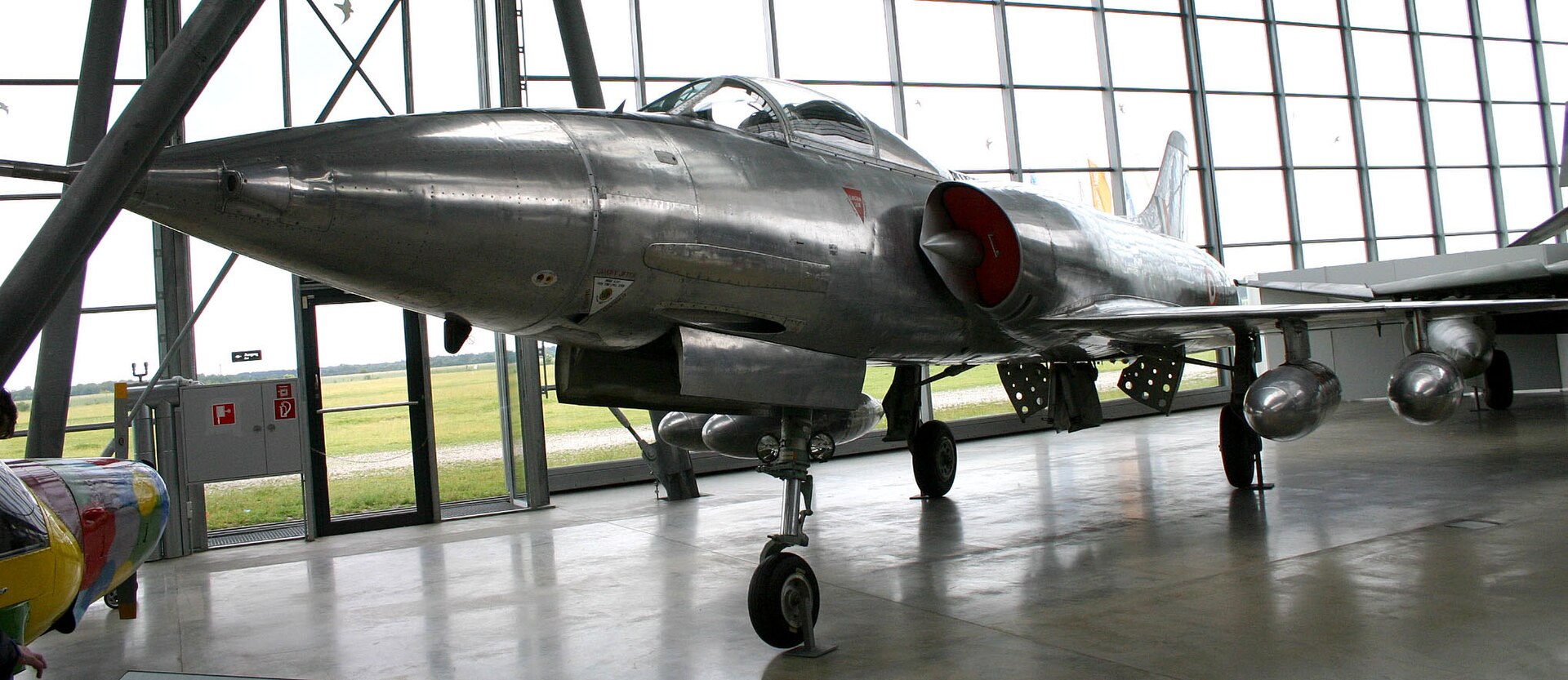Jaguar fighter jets have remained the primary assets in the Indian Air Forces’ dedicated ground attack fleet, serving the country for more than four decades.
The Cold War Jaguar fighter-bombers have been modified by India to deliver nuclear gravity bombs, constituting a critical part of India’s nuclear triad.
Not Only Submarines, US & Russia Used Dolphins, Whales For Combat & Recon Missions — WATCH
The Anglo-French fleet of the Sepecat Jaguar aircraft was initially purchased in 1978 after India felt the need to have a dedicated deep strike aircraft. Other prominent ground attack fighters with the IAF have been the Russian MiG-27 fighters.
The first batch received by India consisted of 35 Jaguar IS (single-seat strike version) and five Jaguar IB (twin-seat) aircraft in 1981 from the BAe.
After HAL started license producing the joint French-British fighter bomber, the IAF raised its number by another 58 Jaguar IS, 10 Jaguar IB, and 12 Jaguar IM (maritime attack) versions. Another batch of 16 aircraft was ordered in 1993 which were eventually delivered in 1999.
The Jaguars were the country’s most crucial defense acquisitions at the time and significantly enhanced India’s deterrence against its western neighbor. The aircraft have been instrumental in many of India’s battles where they played a decisive role, in both surveillance and bombing operations.
Jaguars have the ability to fly at extremely low altitudes and evade radar detection to slip through adversary air defenses and strike surface targets with absolute impunity.
Jaguars – Major Challenges
After serving the Indian Air Force for decades, Jaguars are facing major challenges when it comes to their engines, which have lost power over the years.
Supposedly caused by the wear and tear on its Adour 804/811 engines, the aircraft keeps losing thrust with time and now has reached a stage where the power is down by at least 15-20 percent.

Consequently, the aircraft is ill-equipped to perform its role in combat effectively. Jaguars fly extremely fast at low altitudes, delivering ordnance on ground targets in a single pass and then hustling back to the base. Such missions required enhanced engine power, which the aircraft has been losing for many years now.
Attempts by the state-owned Hindustan Aeronautics Ltd (HAL) and the IAF to acquire Honeywell-built F-125IN turbofan engines into the fighter proved futile.
The F-125IN engine has the ability to deliver 40.4 kN of thrust, with full afterburners, which is sufficient for an aircraft like the Jaguar, and the integration of such an engine could have increased the life of the aircraft by another two decades.
However, the price of $2.4 billion for 180 new F-125IN engines required by IAF proved too exorbitant and the two parties failed to make headway. This works out to be $13.3 million (Rs 95 crore) per engine. And since Jaguar is a twin-engine aircraft, it will need two such engines, shooting the cost up to Rs 210 crore.
- Watch: The Ultimate Dogfight Between US & Russian Fighter Jets Over A ‘Top-Secret’ Air Base In Nevada
- Why India’s Ladakh Region Is Crucial For China’s Rise As An Economic Super-Power?
According to the former Jaguar pilot Vijainder K Thakur, progressive Jaguar upgrades have made the once reasonably powered fighter heavier and increasingly sluggish at altitude.

“Going ahead with the Jaguar engine upgrade makes little sense because of the exorbitant cost – Honeywell reportedly quoted a price of USD 2.4 billion for 180 F-125IN turbofan engines. Also, HAL is developing a 25kN thrust class turbofan engine HTFE-25 that, when fitted with reheat as proposed, would conceivably replace the RR Adour 811 engines that currently power the Jaguar,” Thakur told EurAsian Times.
Indian Air Force Jaguar attack aircraft dropping BOMBS during an exercise. Sorry for that initial shake as it is difficult to keep an eye on sky and on ground together ? #indianairforce #fighterjets pic.twitter.com/DLzK7QirZE
— AviationWall (@AviationWall) January 13, 2021
“We do need to keep in mind that the unreheated HTFE-25 is yet to start flight testing and neither HAL nor GTRE have had any success with after burning. HAL failed miserably developing an after-burning variant of the Orpheus 703 that powered the HF-24 Marut, and GTRE made little headway developing after-burning for the Kaveri engine that was envisaged to power the LCA,” he adds.
The Jaguars have gone through expensive upgrades in recent times, which includes the integration of modern state-of-the-art avionics architecture including the open system architecture mission computer, engine and flight instrument system, fire control radar, advanced inertial navigation system with GPS, and many other upgrades costing billions over time.
Therefore, grounding the Jaguar squadrons doesn’t seem to be the option either with the Indian Air Force, which is also facing a severe shortage in operational fighters.
Options Before The Indian Air Force
According to Thakur, it’s possible that there is scope for some deft negotiations with Rolls Royce/Honeywell.
“Of course, our bureaucrats are not known for deft negotiations, but there is always a place for optimism. If more time-bound renegotiations are ruled out, the IAF has little choice other than continue using Jaguars powered by the current Adour-811 engines.”
“Just because the Jaguar is underpowered, it does not mean it should be junked immediately. It can be phased out over the next decade. Meanwhile, it can still play a potent role along our western frontier flying nap-of-the-earth profiles.

The HF-24 Maruts were more under-powered than the Jaguars when they were inducted and an air-frame tweak upgrade made the Marut’s power deficit even grimmer. The IAF knows how to effectively use under-powered fighters,” the IAF veteran pilot says.
Why Al Qaeda’s Revival In Afghanistan Could Spell ‘Big Trouble’ For India In Kashmir?
India is currently the only country that continues to operate the Jaguar fleet, while both France and Britain have phased out the Cold War era jets from their air forces. Jaguars have taken part in many high-profile wars and had been potent bomber fighters of their time, however, newer and more advanced fighters have since emerged.
Because of the delay in the induction of newer fighter aircraft, India has no option but to find ways of continuing to operate the Jaguar fleets.
Read More
- At €7.8B, Why Indian Rafale Jets Are ‘Double The Cost’ Than Egyptian Rafales?
- Why Did Netizens ‘Mock’ Nigeria For JF-17 Deal With Pakistan?




